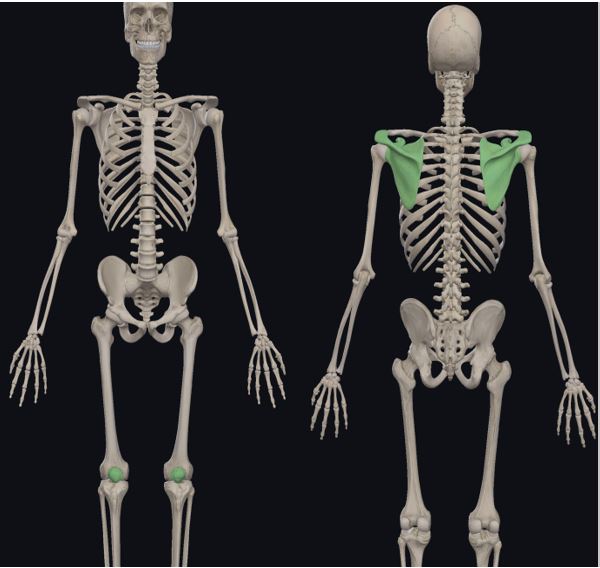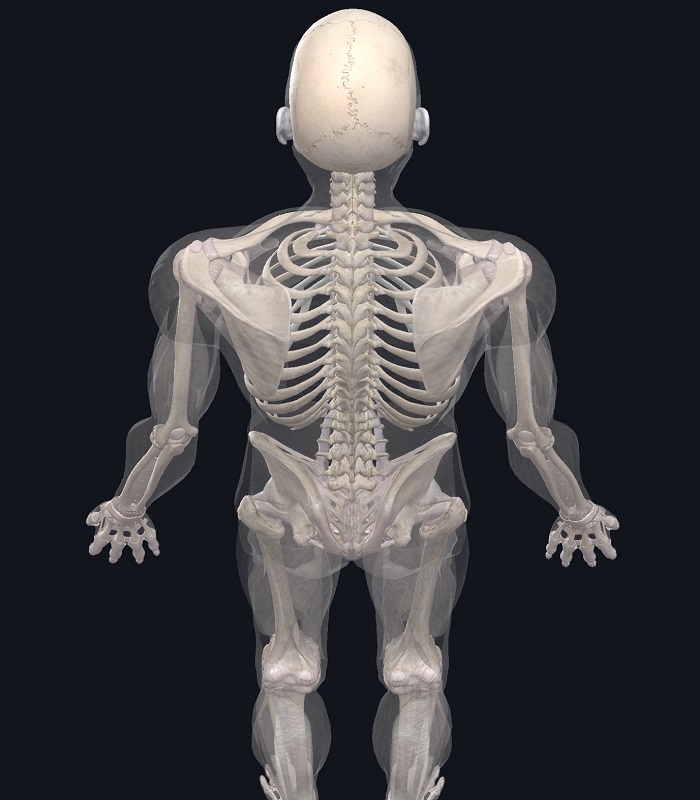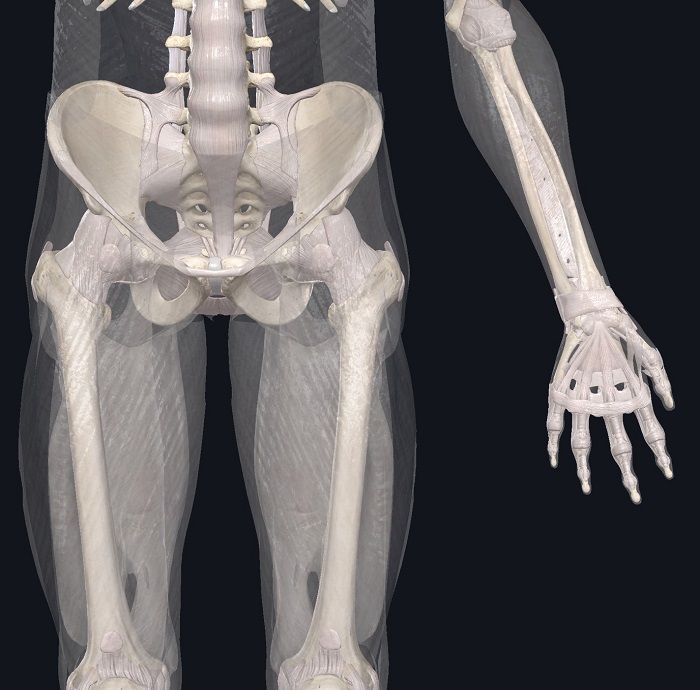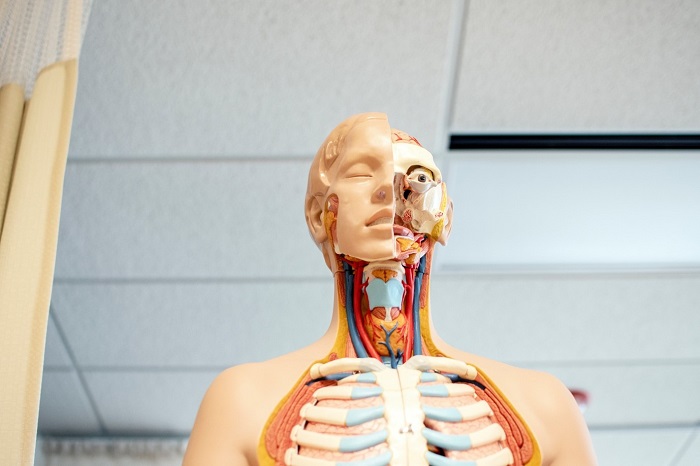Anatomical positions
We have to use anatomical terms to describe where are the features on a body.
In order to describe clearly, overtime anatomy has developed its own standardized set of directional terms that described where one body part is in relation to another. Now let’s see what is the classic anatomical position.
In anatomical position, human body is supposed to be in the erect posture (standing upward), with the face and toes forward, the arms hanging by the sides and the palms of the hands facing forward with the thumbs to the outside.
Left and right
When we use the terms left and right, we are referring to the left and right sides of the person standing in the anatomical position. We are not referring to the left and right side of the observers.
Anterior and posterior
Anterior means front of the body and posterior means back of the body we can use terms like ventral and dorsal respectively. Patella (kneecap) is located on the anterior side of the leg. scapula is located on the posterior side of the body.
Superior and inferior
Superior means above or towards the head, inferior means below or towards the feet. For instance, the heart is located superior to the diaphragm.
Sometimes terms can be paired together, for instance, posterosuperior view combines the posterior and superior.
Proximal and distal
Proximal means closer to where arm or leg inserts into the body, precisely Nearer to the origination of a structure. Distal means Farther from the origination of a structure.
For example, wrist is distal to the elbow.
Medial and lateral
Medial means any point closer to the midline of the body and lateral means any point away from midline of the body. For instance: The eye is lateral to the nose. The nose is medial to the ears, and thumb is lateral to middle finger.
Anatomical planes:
There are 3 main anatomical planes:
- Sagittal
- Frontal
- Transverse
Sagittal plane
A vertical line which divides body into left and right portion. If the cut passes through the midline of the body then we call it mid-sagittal plane, if the cut does not pass through the midline, we call it para-sagittal plane
frontal plane (coronal plane)
a vertical line which divides the body into anterior and posterior portions.
Transverse plane
a horizontal line which divides the body into a superior section and an inferior section.
Join Art of Medics
Become Part of Art of Medics for further scientific purposes





